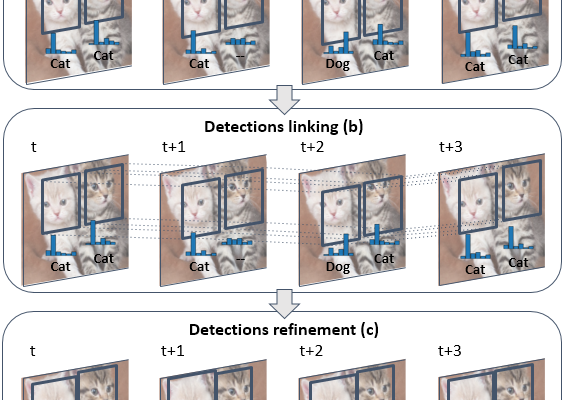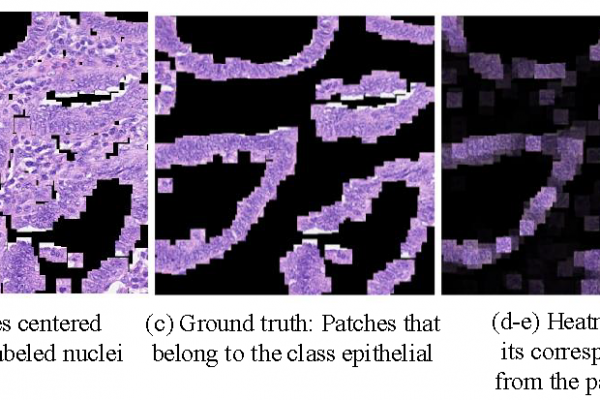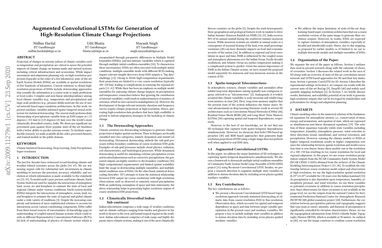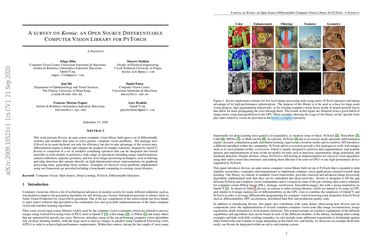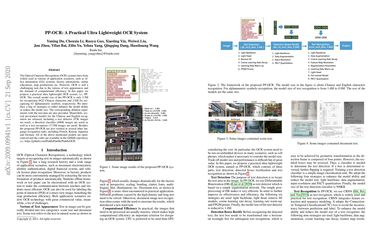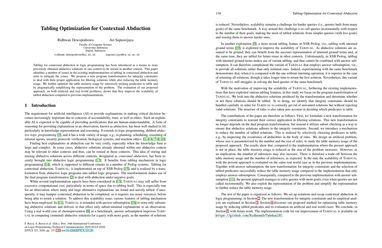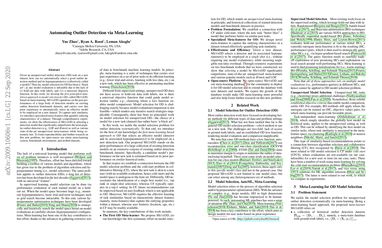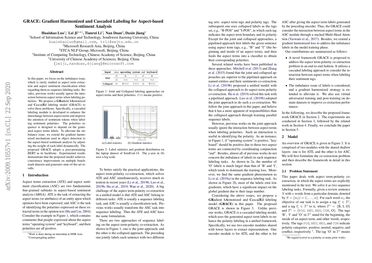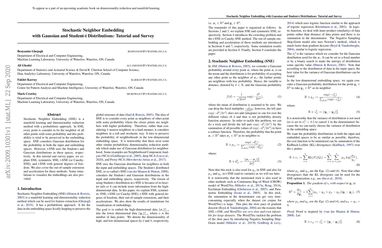Robust and efficient post-processing for video object detection
Object recognition in video is an important task for plenty of applications, including autonomous driving perception, surveillance tasks, wearable devices or IoT networks. Object recognition using video data is more challenging than using still images due to blur, occlusions or rare object poses… Specific video detectors with high computational cost or standard image detectors together with a fast post-processing algorithm achieve the current state-of-the-art. This work introduces a novel post-processing pipeline that overcomes some of the limitations of previous post-processing […]
Read more